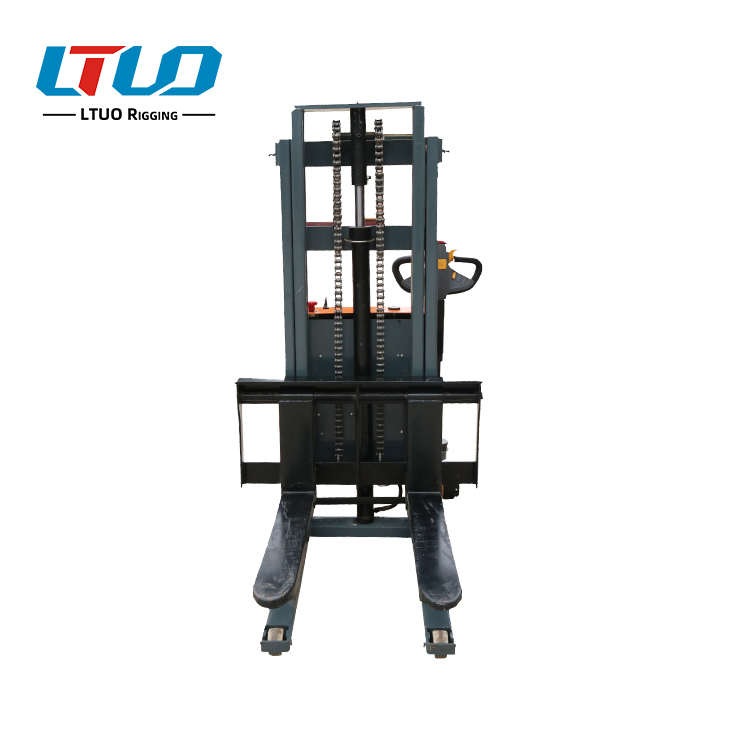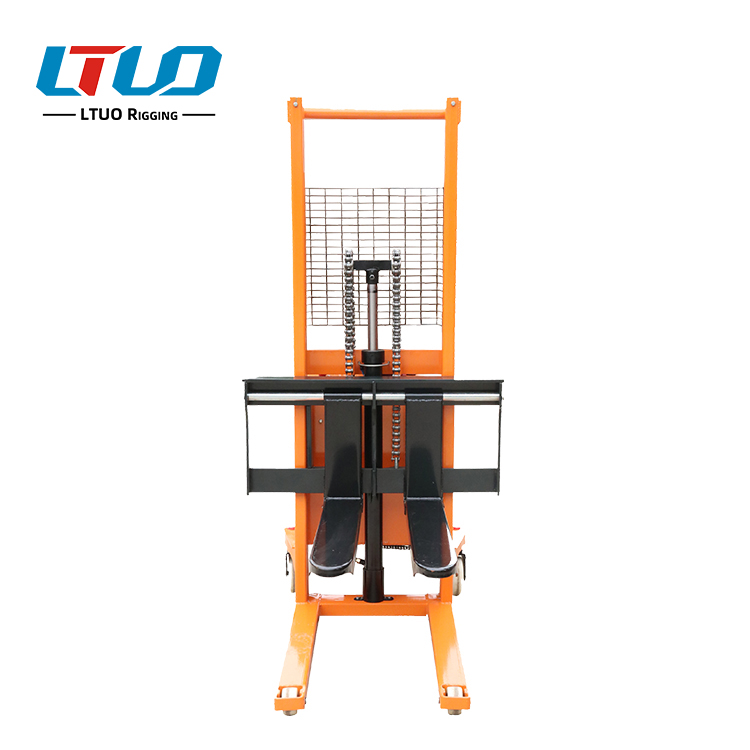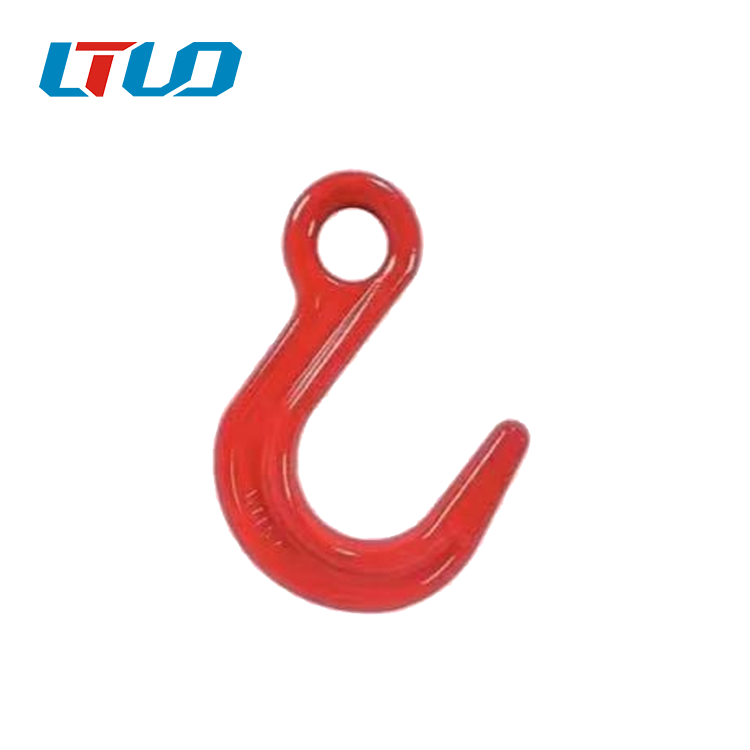(1) Before using the jack, check the reliability of the brake gear and brake device, and ensure that the brake can be activated when jacking.
(2) The rack and gear of the jack shall be free from cracks or broken teeth, the handle and all its accessories shall be complete and reliable before use.
(3) When the jack is used, it should be placed in a solid place, the bottom should be paved with a solid backing plate to expand the bearing area, and the top and object contact should also be padded with a board, which can not only prevent the heavy object from being crushed, but also prevent the jack from slipping when under pressure.
(4) When jacking, the jack must be placed vertically and overload is not allowed to ensure safe use.
(5) During operation, the object should be lifted slightly, and then check whether the base plate at the bottom of the jack is flat and firm. If the base plate is not flat and firm after being pressed, or the jack is skewed, the jack must be loosened, and the jack should be jacked again after treatment. During jacking, the safety sleepers should be added under the object in time as the object rises, so as to prevent the danger of sudden piston sliding due to the tilt or failure of the jack.
(6) When lifting heavy objects, another sleeper stack shall be erected on both sides of the jack to prevent accidents. The clear distance between the sleeper stack and the bottom of the load should always be within 50mm, that is, it should be padded along with the top.
(7) The jacking height of the jack shall not exceed the specified stroke.
(8) When several jacks lift the same object at the same time, a special person shall be assigned for unified command to ensure that the lifting speed of several jacks is basically the same, so as to avoid accidents.
Next: Introduction to rack jack of HG
Previous: Characteristics and classification of magnetic suspension



